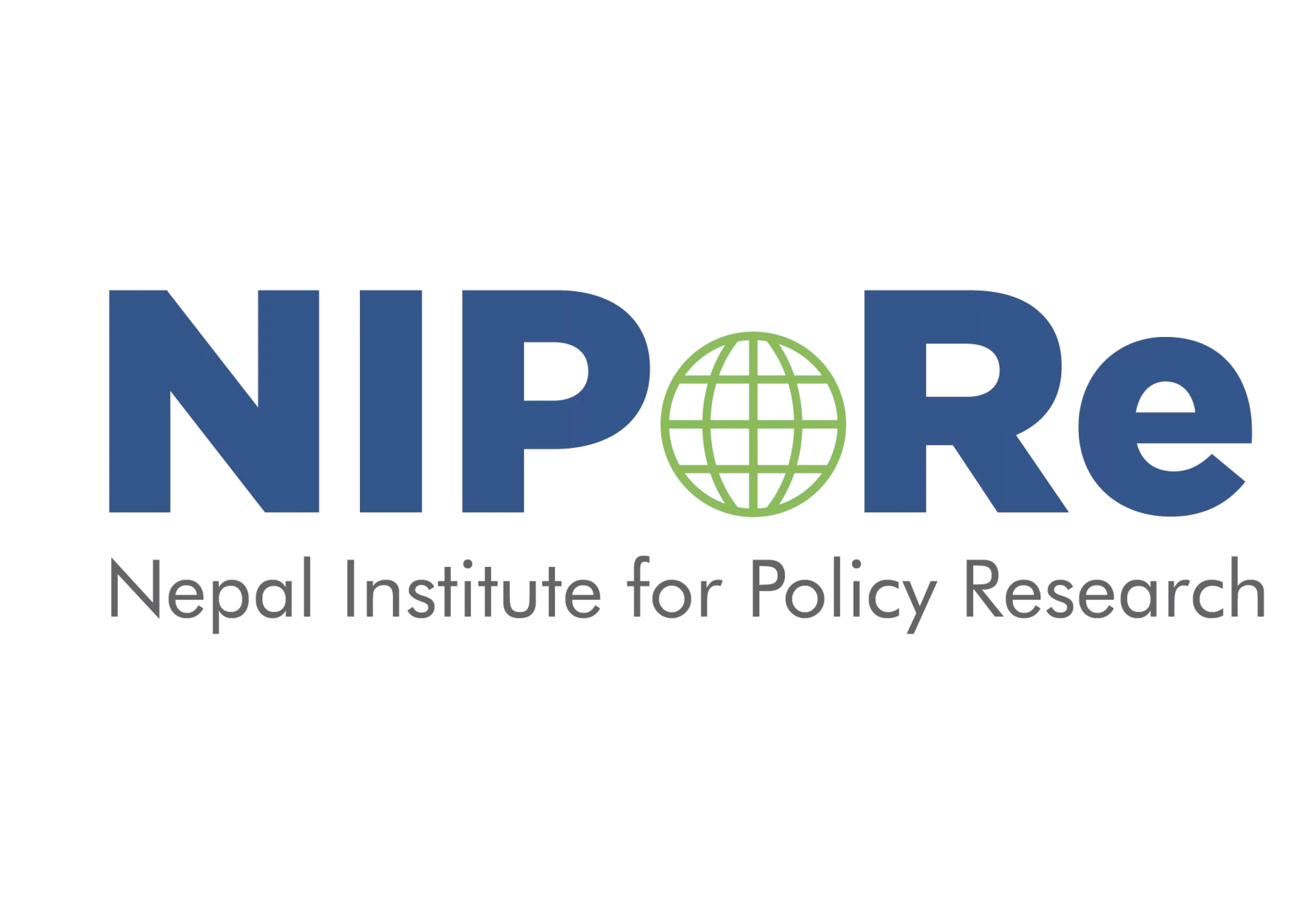– BIJAY Khadka
In Nepal, the role of women in the economy has undergone a significant transformation in the past four decades. Census data from different years shows that the participation of women in the labor force has increased and the gender gap in labor force participation has decreased.
According to the most recent census of 2021, 72 percent of men over the age of ten are economically active, which means that they were either employed or seeking employment. The figure, on the other hand, stands at 60.4 percent for women. While the gender gap in economic activity is persistent, results from the previous censuses show that the economic participation of women has undergone a significant increase over time. Between 1971 and 2021, the percentage of the female population over the age of ten who are economically active has increased from 29.2 to 60.4 percent.

One of the major reasons for the increase in women’s economic activity in Nepal is education. Over the years, there has been a significant improvement in women’s education in the country. In 1981, only 9.15 percent of Nepali women were literate, which increased to 34.8 percent in 2001 and further to 48.8 percent in 2011. It now stands at 69.4 percent in 2021. The increase in literacy rates has resulted in more women joining the labor force.
Another reason for the increase in women’s economic activity is the growth of the service sector in Nepal. According to the 2021 Census, the service sector has become the second largest employer for females in the country with approximately 309,944 females employed following agriculture, forestry & fishery. The service sector includes jobs in fields such as hospitality, tourism, healthcare, education, and information technology. There has hence been the creation of additional employment opportunities across varying skills making them more accessible to women.
There is still a big difference between men and women when it comes to jobs. Only 24.5 percent of employers are female, out of the total employees 36.2 percent of them were females. Females make up less than one-third of government jobs. But in financial corporations, around 44.9 percent of the workers are female. Of those that participated in household work as an economic activity, 51.0 percent were females.
The census has also considered work that is not typically considered economic activities. Female involvement is found to be significantly higher in such activities. For instance, of the population involved in family care, 77.4 percent were females. Likewise, 87.4 percent of females who were not economically active during the 12 months preceding the survey, cited household chores as the main reason.
Despite the increase in women’s economic activity, there are still significant barriers to their participation in the labor force. One of the primary barriers is social norms and cultural expectations. Women in Nepal are still expected to prioritise their household responsibilities and care work over their professional pursuits. This expectation often makes it challenging for women to pursue their careers.
Furthermore, there are still significant barriers to women’s education in Nepal, particularly in rural areas. They are often expected to drop out of school early to help with household chores, and there are inadequate resources to support their education. Out of total “female students” graduates that completed graduation level or equivalent only 41.4 percent were “from rural municipalities, whereas 29.8 percent of females reported having completed postgraduate or equivalent from the rural municipalities.
In conclusion, the census data from the past four decades indicates that women’s economic activity in Nepal has increased significantly. However, the gender gap in labor force participation continues to persist. To achieve gender equality in the workforce, it is crucial to address the barriers to women’s education and employment, including social norms and cultural expectations. Empowering women through education and skills development can result in significant improvements in women’s economic participation and their contribution to the country’s economic growth.
This blog is a part of NIPoRe’s blog series on Women’s History Month 2023




